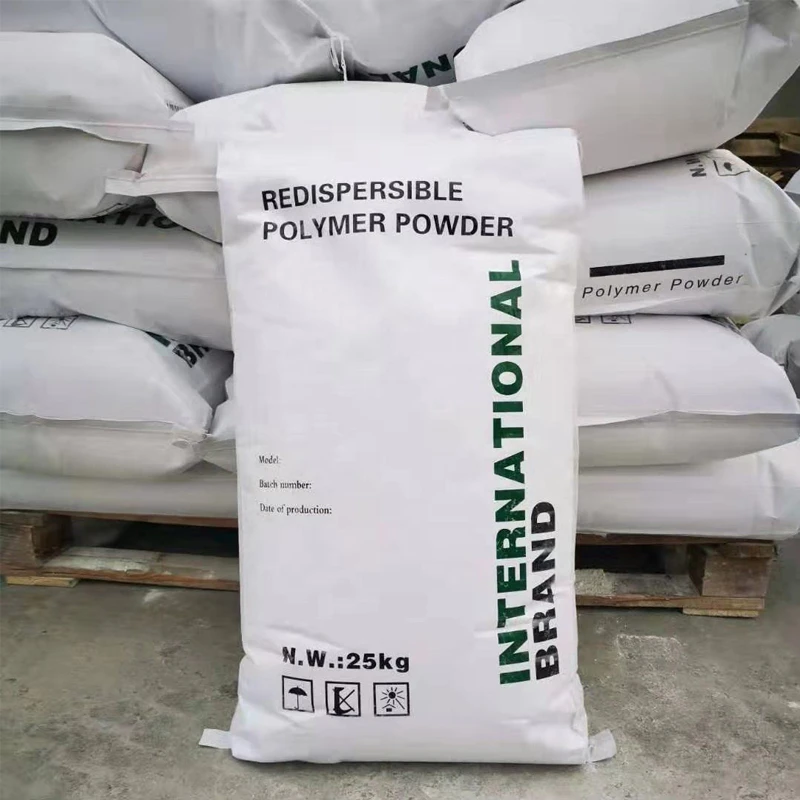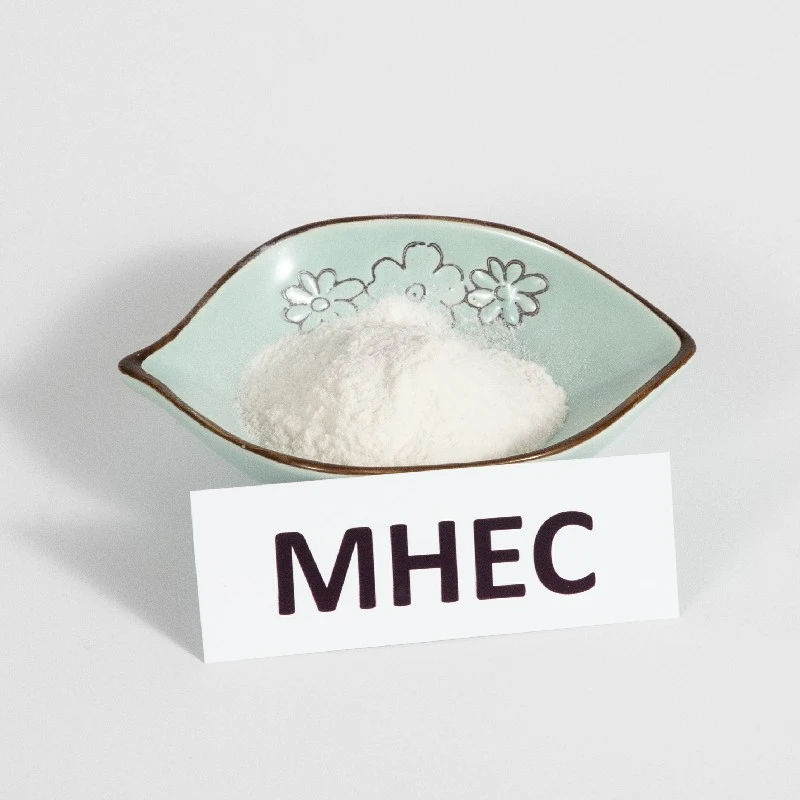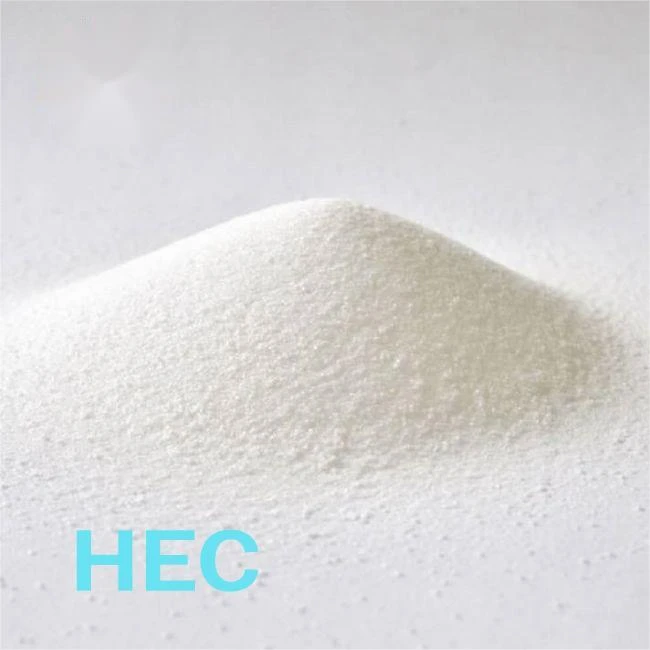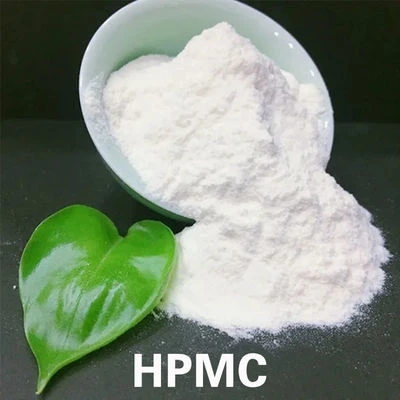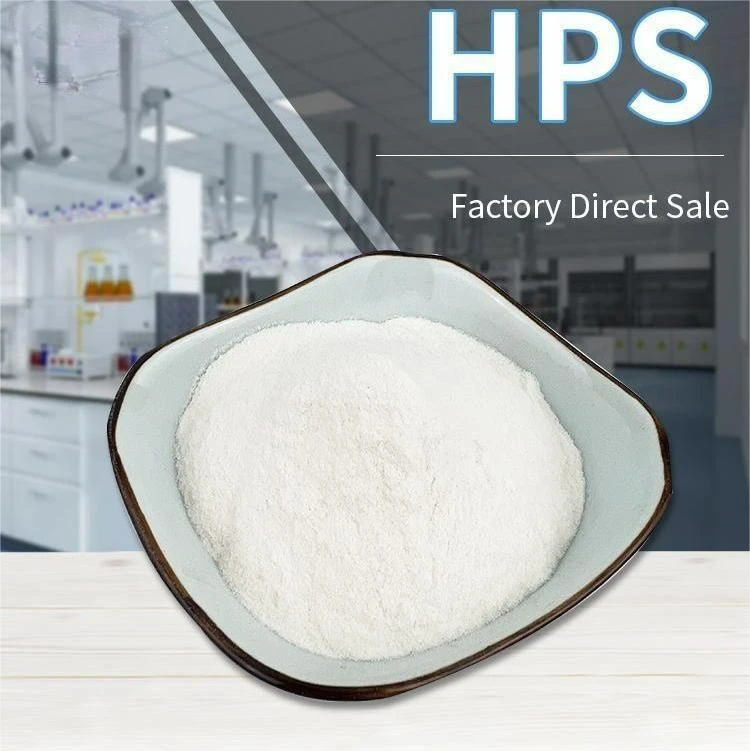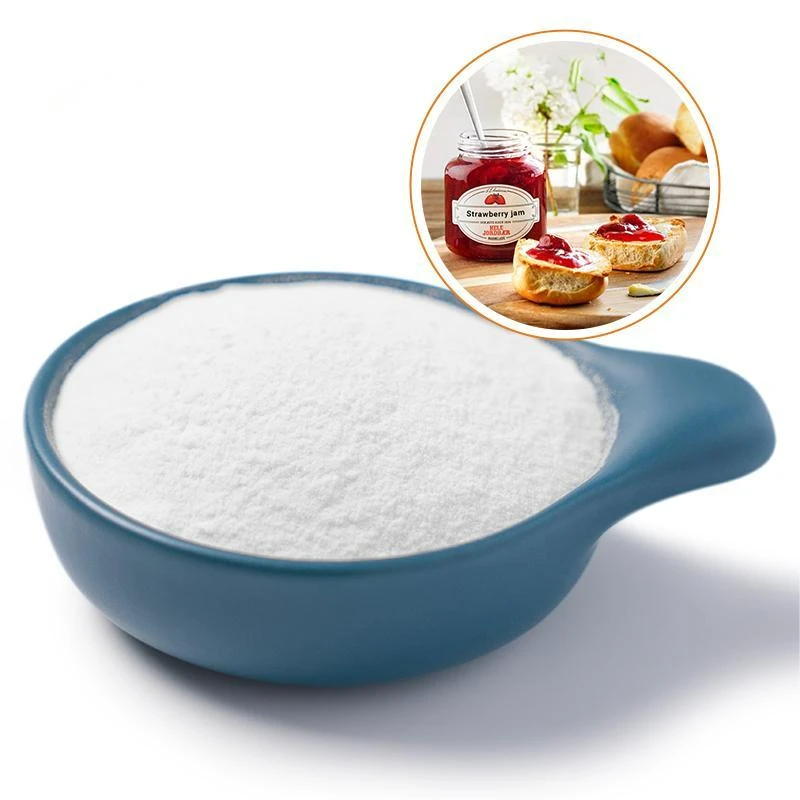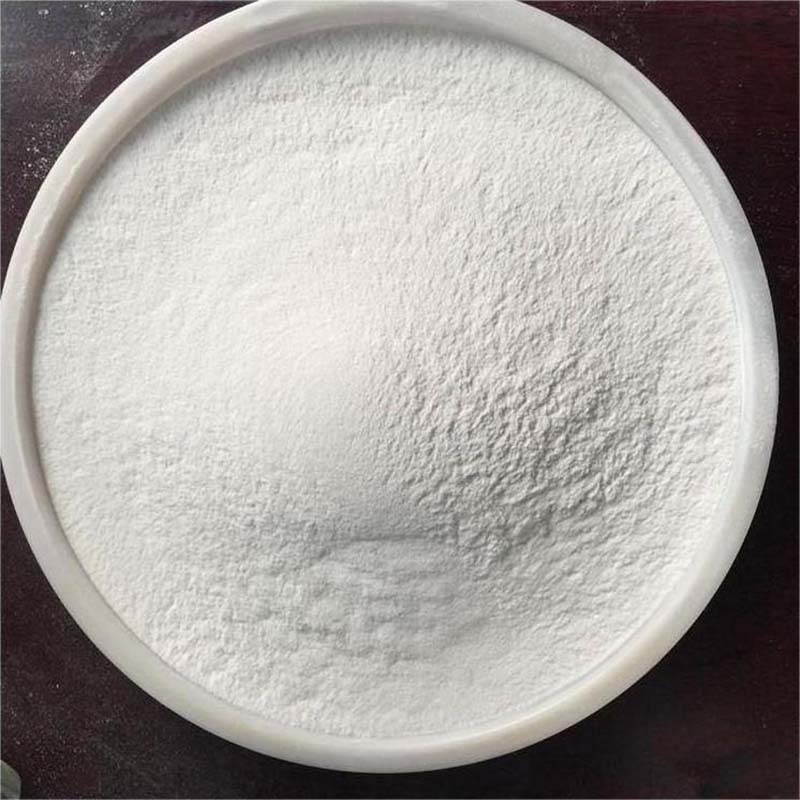High Quality HEMC for Construction & Industrial Use | Stable & Efficient
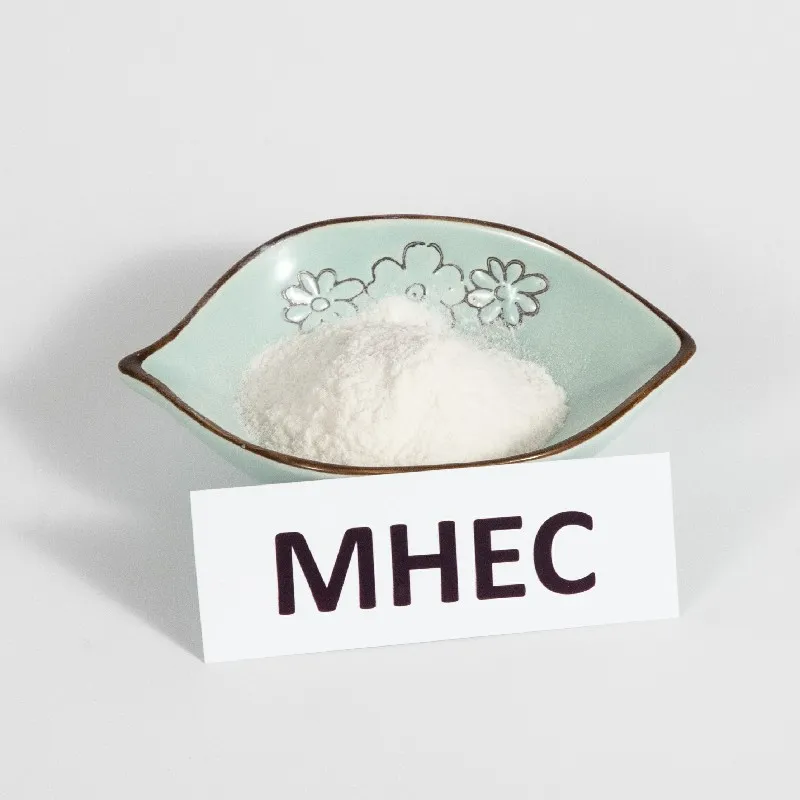
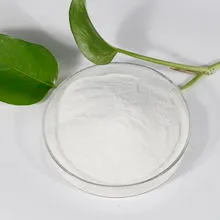
Trusted HEMC Manufacturer In China
Hydroxyethyl Methyl Cellulose (HEMC), also widely known as methyl hydroxyethyl cellulose or methylhydroxyethyl cellulose, is an advanced, versatile polymer used extensively across construction, coatings, detergent, and personal care industries.
HEMC is an odorless, tasteless, non-toxic white powder that dissolves in cold water to form a clear, viscous solution. Its core properties include thickening, bonding, dispersion, emulsification, film formation, suspension, adsorption, gelling, surface activity, water retention and colloidal protection. The aqueous solution’s excellent surface activity makes it suitable as both a colloid protector and an efficient dispersant.
With a focus on precision and consistency, Pengze Technology (Shijiazhuang) Co., Ltd. provides high-purity, customizable HEMC solutions tailored to global industry standards. Learn more about our HEMC here
The HEMC (Hydroxyethyl Methyl Cellulose) market has shown a steady trajectory of growth, driven by rapid urbanization, growing demand for advanced building materials, and expansion of the paints and coatings industry. HEMC—also referred to as methyl hydroxyethyl cellulose (MHEC)—serves as a vital rheological additive in tile adhesives, self-leveling compounds, paints, and even in pharmaceuticals and cosmetic products.
- **Construction:** Setting new benchmarks in water retention and workability, HEMC enables mortar, plaster, and cement products to perform efficiently even under variable climates.
- **Paints & Coatings:** As a film-former and viscosifier, hydroxyethyl methyl cellulose ensures smooth application, sag resistance, and color stability.
- **Personal Care:** Due to its non-toxic and hypoallergenic profile, methylhydroxyethyl cellulose is increasingly utilized in shampoos, conditioners, lotions, and creams.
- **Detergents:** HEMC improves stability, viscosity, and shelf life in liquid detergents and cleaners.
Market data (2024) indicates the global HEMC market is valued around USD 650 million, with a CAGR of 5.7% projected through 2029 (Industry Source). The rising demand for eco-friendly, high-performance construction chemicals is a major growth driver. Further studies highlight emerging opportunities in sustainable packaging, advanced coatings, and green construction.
For in-depth technical data and real-time pricing on methyl hydroxyethyl cellulose (MHEC), contact ben@pezetech.com or visit our product page.
| Parameter | Typical Value | Unit | Industry Standard Reference |
|---|---|---|---|
| Appearance | White or off-white powder | - | PubChem |
| pH Value (1% solution) | 6.0 - 8.5 | - | ScienceDirect |
| Viscosity (2% solution, 20°C) | 4000 - 75,000 | mPa·s | Cellulose Ether Blog |
| Moisture | ≤ 5.0 | % | Industry Data |
| Water Insoluble Content | ≤ 0.5 | % | Academic Article |
| Gel Temperature | 60–75 | °C | Cellulose Ether Blog |
| Methoxy Content | 19–24 | % | Industry Data |
| Hydroxyethyl Content | 4–12 | % | ScienceDirect |
| Bulk Density | ~0.30–0.55 | g/cm³ | Cellulose Ether Blog |
- Tile Adhesives & Grouts: The addition of HEMC imparts superior water retention, open time, and enhanced workability. It stabilizes consistency throughout mixing and application.
- Cement Plasters & Mortars: HEMC ensures uniform texture and extended working time, crucial for both hand-application and mechanized use in modern construction sites.
- Paints & Coatings: As a rheology modifier, hydroxyethyl methyl cellulose refines surface finish, increases brushability, and improves pigment dispersion in water-based paint systems.
- Personal Care & Cosmetics: The non-irritant and stable nature of methyl hydroxyethyl cellulose supports its usage in gels, shampoos, shower gels, lotions, and creams.
- Latex & Emulsion Polymerization: HEMC acts as a protective colloid, improving the stability of the polymerization process.
- Detergents & Cleaners: Effective thickening and dispersion properties enhance viscosity and allow for uniform distribution of surfactants.
- Pharmaceuticals & Food: Used as a binder and controlled release agent in tablets, hemc meets pharmacopoeia purity regulations.
Professional FAQ: Advanced HEMC Knowledge for Industrial Users
- 1. What materials is HEMC typically derived from?
- **HEMC** is synthesized from refined cellulose (usually wood pulp or cotton linter) by controlled etherification using ethylene oxide and methyl chloride, resulting in a high-purity, bio-based polymer.
- 2. What viscosity ranges are available for hydroxyethyl methyl cellulose?
- Viscosity typically ranges from 4000 mPa·s up to 75,000 mPa·s (2% aqueous solution, 20°C), allowing user-specific customization for various applications—verified by GB/T 20863 and ASTM D2364.
- 3. What is the typical particle size specification for industrial HEMC?
- Standard specifications require a minimum sieve residue (>425 µm) of less than 5%, ensuring excellent dispersibility in aqueous systems (reference).
- 4. Are there recognized standards for HEMC production?
- Yes; major standards include ISO 9001 for quality management, the Chinese GB/T 20863-2007 for methyl hydroxyethyl cellulose, and compliance with EU REACH and US FDA 21 CFR for food and pharma grades.
- 5. How is methyl hydroxyethyl cellulose (MHEC) stored safely?
- Store in a cool, dry, ventilated space, away from direct sunlight, moisture, and incompatible chemicals. Proper packaging (PE-lined kraft bags) prevents lumping and degradation.
- 6. What installation practices ensure optimal performance when using HEMC in tile adhesives?
- HEMC should be premixed with dry powder, ensuring fine dispersion before adding water. Mechanized mixing imparts even hydration and maximizes thickening/bonding capabilities.
- 7. What are the key differences between HEMC and related products such as HPMC?
- Both are cellulose ethers; however, HEMC has better salt and alkali resistance, higher gel temperature, and greater thickening efficiency in high-pH conditions compared to hydroxypropyl methyl cellulose (HPMC).
The trajectory of HEMC is shaped by macro trends in sustainable construction, green chemicals, and biodegradable polymers. Technological advances in the field—like surface crosslinking, particle size reduction, and tailored substitution—are unlocking new levels of performance, especially in humid and extreme-climate construction. Hydroxyethyl methyl cellulose will remain pivotal for mortar formulations, emulsion paints, personal care carriers, and as functional additives in specialty polymer chains.
Furthermore, Pengze Technology (Shijiazhuang) Co., Ltd. invests continuously in R&D and process innovation, offering custom viscosity grades, optimized substitution ratios (methoxy/hydroxyethyl), and highly dispersible powders to meet international requirements.
- Sustainability: HEMC is biodegradable, eco-friendly, and safe for workers, making it suitable for green building standards like LEED or BREEAM.
- Global Market Potential: Demand for advanced methyl hydroxyethyl cellulose (MHEC) in Africa, Southeast Asia, and South America continues to expand as local construction and coatings industries modernize.
- Smart Formulations: Combining HEMC with redispersible polymer powders or nano-additives opens new application frontiers—especially in self-leveling compounds, 3D printing mortars, and high-performance decorative plasters.
- Cost Dynamics: Current global methyl hydroxyethyl cellulose price ranges from $1,800–$2,400/ton depending on grade and purity (Alibaba Market Data).
- Exploring Differences between MHEC, HEMC, and HPMC – Cellulose Ether Industry Blog
- Global Cellulose Ether Market–Trends & Forecast to 2029
- Technical Cellulose Properties and Applications – Academic Article
- Hydroxyethyl Methylcellulose – ScienceDirect Technical Chapters
- PubChem Database: Hydroxyethyl Methyl Cellulose
- MDPI Polymers: Cellulose Ether Applications in Modern Industry
- Industry Product Data: Methyl Hydroxyethyl Cellulose
- Alibaba: Global Market Price for MHEC
-
The Versatile World of Carboxymethyl Cellulose Solution for Industrial SolutionsNewsJul.23,2025
-
Reliable Redispersible Polymer Powder Options for Professional BuildersNewsJul.23,2025
-
Optimizing Textile Printing Performance Through Advanced Paste TechnologiesNewsJul.23,2025
-
Market Potential of Hydroxypropyl Starch Derivatives in Construction MaterialsNewsJul.23,2025
-
Innovative Applications of HEmc Cellulose in Modern IndustriesNewsJul.23,2025
-
Hpmc Gel Powder Adhesive Building ExcellenceNewsJul.23,2025

